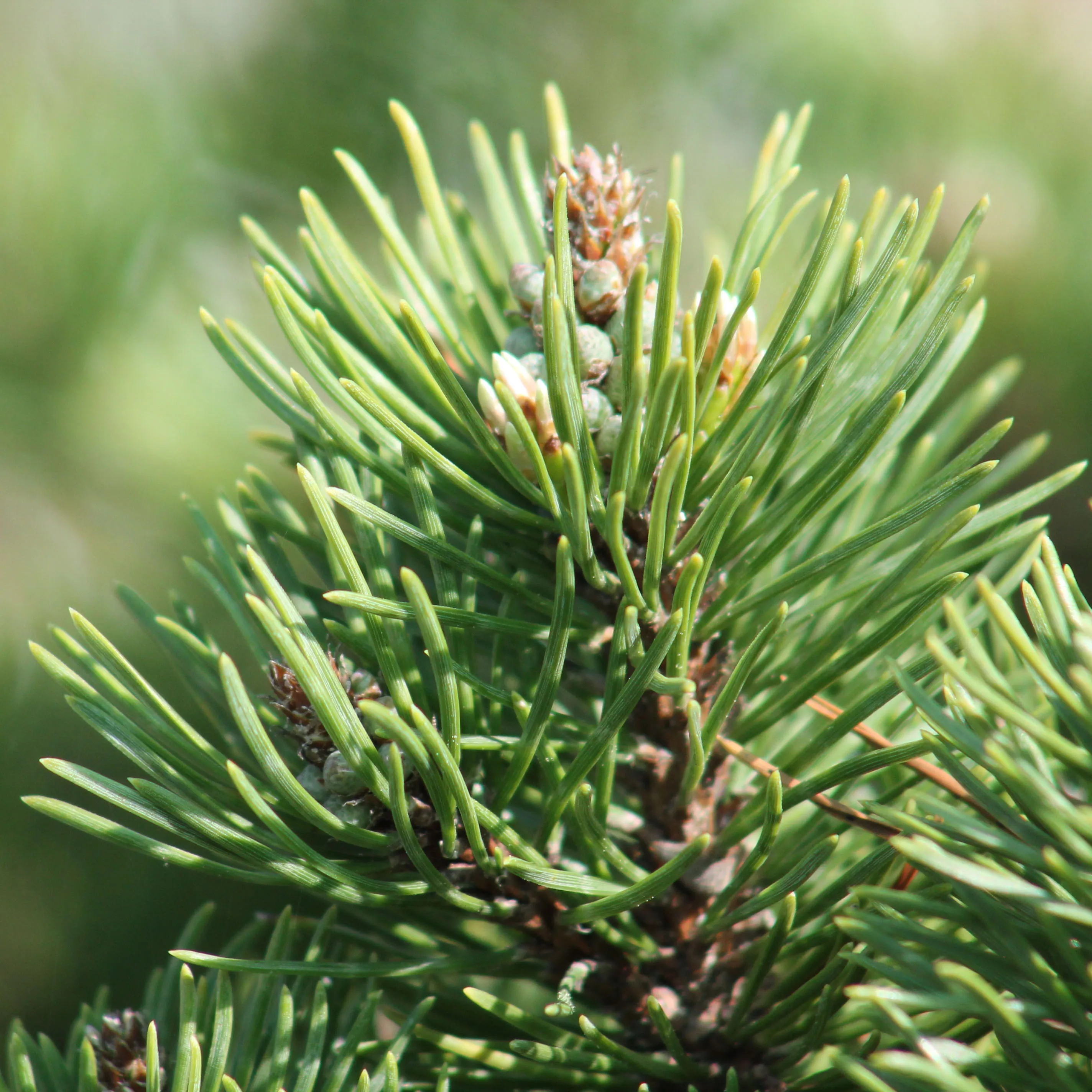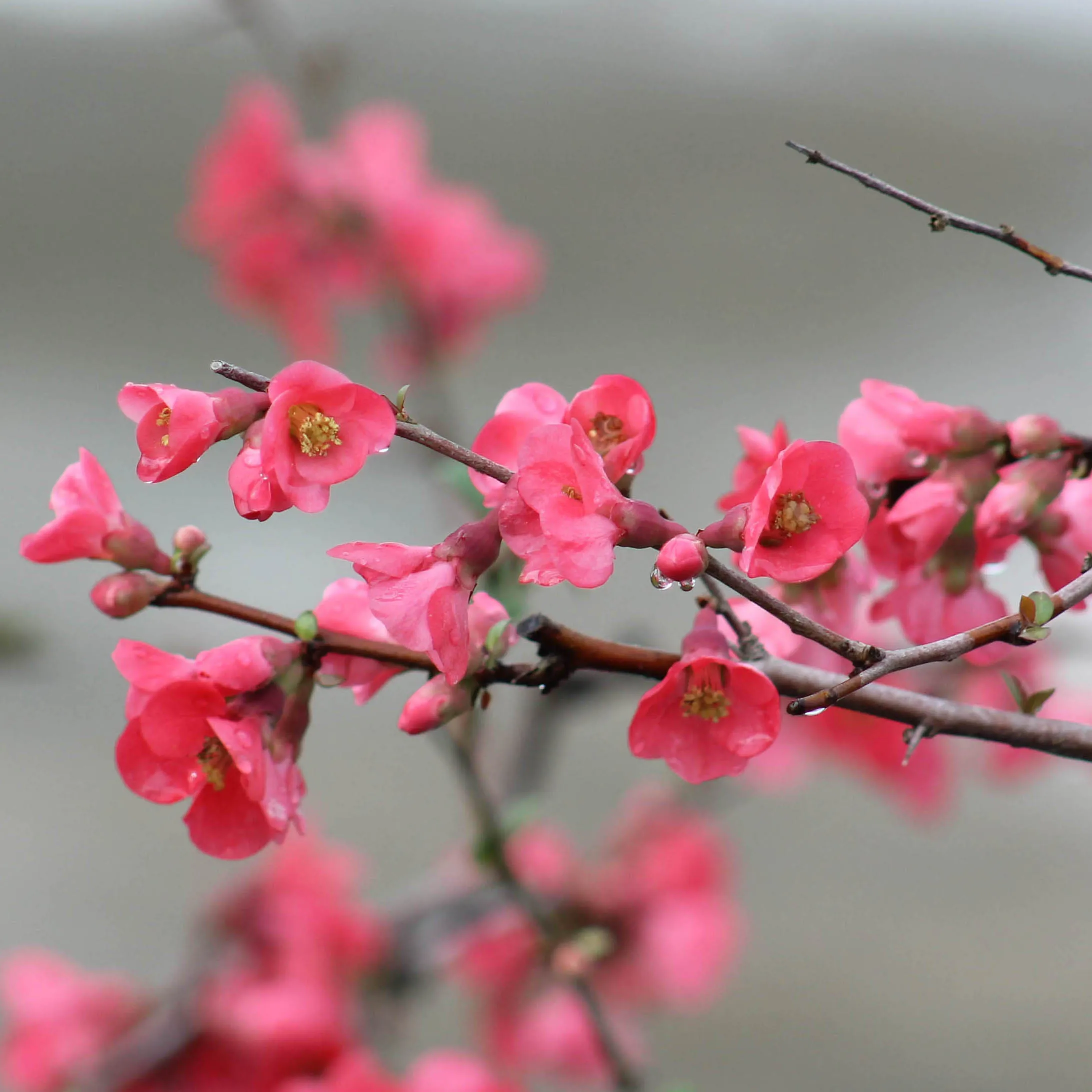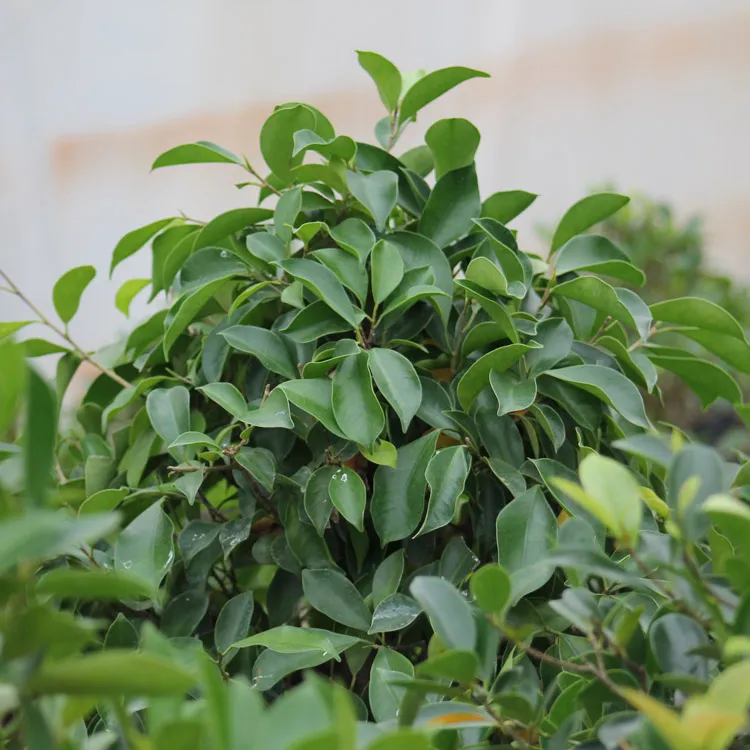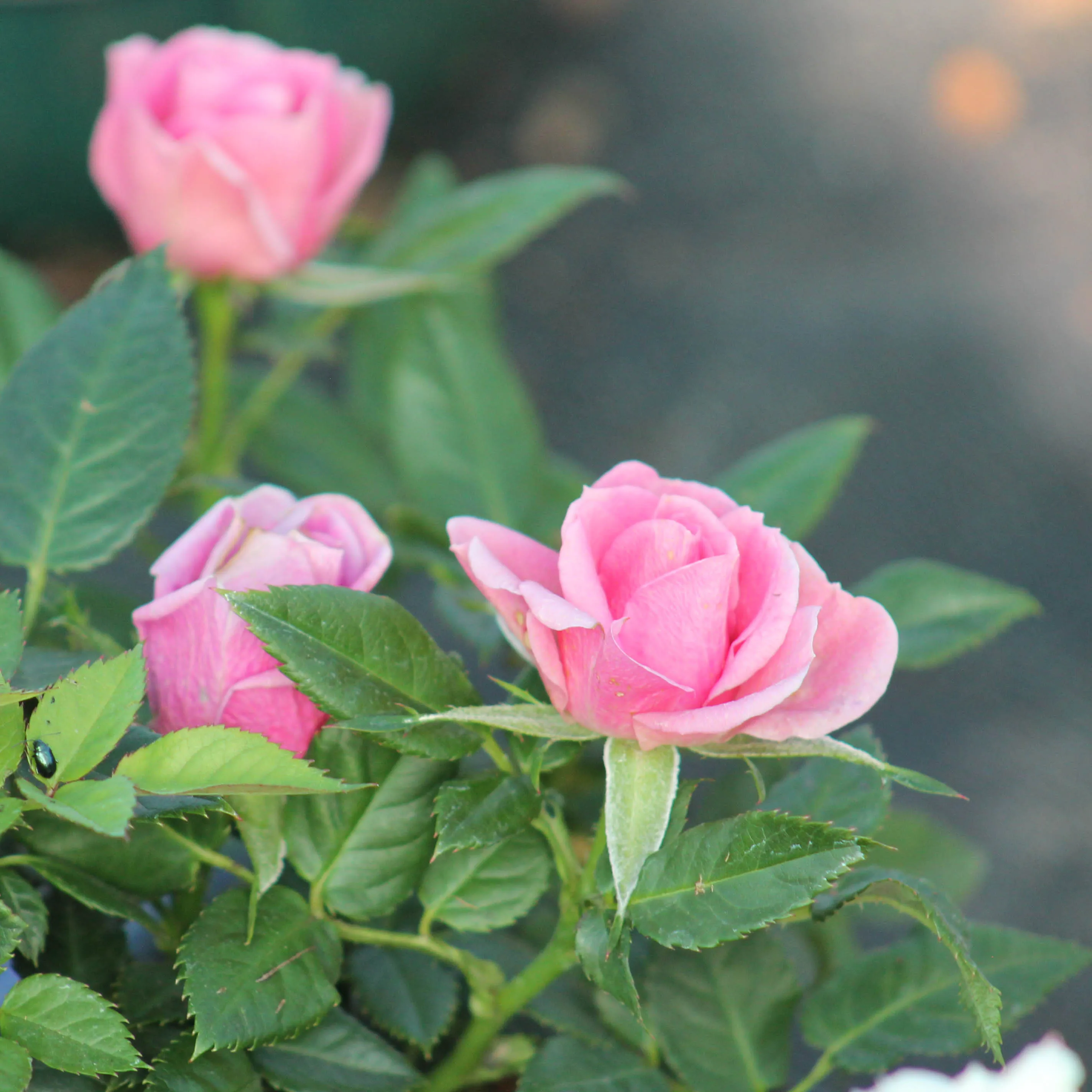 English
en
English
en
Bonsai
Loropetalum lo-1-4
Year-round outdoor bonsai
Loropetalum chinense, with its evergreen foliage of purple-red color, is a relatively unknown tree, very decorative, it blooms in March and at the end of summer, its spreading habit gives a very elegant style
+ Family: Hamamelidaceae
+ Origin: Himalayas, China and Japan
Growing tips:
Location: Outdoors all year round, this is a variety that appreciates direct sun exposure. Loropetalum does not like high temperatures, so watch out for drying out and dehydration. In winter, keep it outside but still protect the roots from heavy frosts because it does not tolerate prolonged frost periods (location: cold greenhouse or pot protection with winter fleece or glass wool)
Watering: It needs a substrate that is always moist. Water it regularly while allowing the root ball to dry out slightly between waterings to avoid excess water.
In spring/summer, watering will be done regularly, when it's hot, it's every day ! On the other hand, in winter, water according to the soil monitoring you do. Thanks to the rain and cold, you won't necessarily need to water regularly since the substrate will remain moist.
Important: Don't hesitate to water the entire root ball up to the roots, the water will drain away through the holes under the pot or bathe the tree in water (drenching) for a few minutes, to be sure to water well up to the roots. We do not recommend putting a cup or container underneath your pot as the water will stagnate and can cause root rot. (Too much water = asphyxiation).
Substrate and repotting : In the nursery, we use agricultural potting soil composed of black peat, blond peat, eco-aged, topsoil, horse manure, pozzolana. During the next repotting, which is done about every 2/3 years at the beginning of spring, you can mix more draining substrate such as: akadama, pumice, kiryu... Just be careful not to disturb the root bread, don't destroy the whole root ball
Many bonsai react noticeably when repotted at the wrong time or too drastically. For this reason, you should cut as few roots as possible
Waist: Loropetalum tolerates severe pruning. The latter quickly develops new shoots on its oldest branches, which allows you to give it the shape you want. The new shoots are more flexible and delicate, and will be easier to prune. On the other hand, the older ones will appear much harsher and more rigorous. To do this, equip yourself with the appropriate tools.
Generally, pruning is done in the spring. Prune the shoots above the first two pairs of leaves, as soon as the shoot has unfurled 4 pairs of leaves.
Fertilization: In the nursery, we use blue tomato/flower fertilizer NPK 12 12 17. Put a handful of them on the substrate (small or large depending on the size of the pot) from spring from May to October, every 2 months, alternating chemical/organic.

 Production of French Bonsai
Production of French Bonsai





































































































